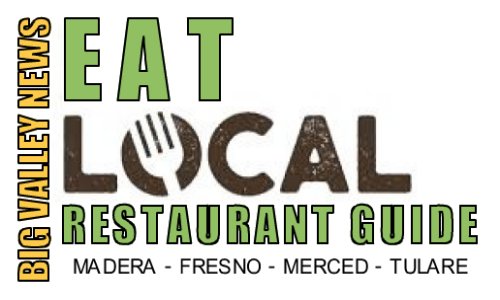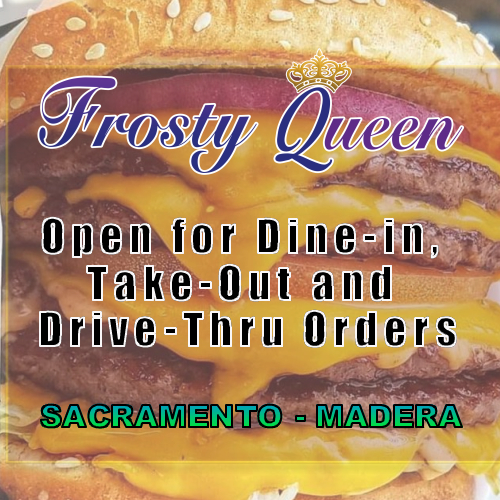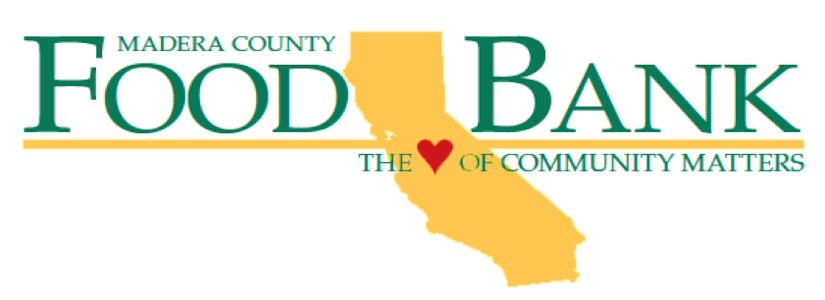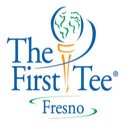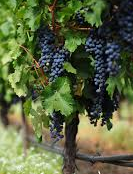
In spite of this devastating human toll, reports of wine industry damage in the Napa Valley do not appear to be widespread. As of today, the Napa Valley Vintners (NVV) nonprofit association has heard from 330 of its member wineries. Direct damage from the fires was reported by 47 member wineries and just a handful experienced significant property loss.
“Much of this week’s news has focused on how the fires will impact Napa Valley’s wine industry,” said Michael Honig, chair of the Napa Valley Vintners (NVV) Board of Directors and president of Honig Vineyard & Winery. “Winemaking is, indeed, our heart and soul and our biggest economic driver. But, first and foremost, these events are a human tragedy with lives lost and personal property destroyed. While we are eager to ‘get back to normal,’ we also have to keep the proper perspective.”
First responders now have the upper hand with the eastern Napa/western Solano County Atlas Fire at 83 percent containment; the Nuns Fire (a combination of five different fires on the west side of Napa Valley/east side of Sonoma and Santa Rosa) at 80 percent containment; and the Tubbs fire west of Calistoga and north of Santa Rosa at 91 percent containment. According to the National Weather Service, there is a chance of rain late Thursday.
“We are enormously grateful to the first responders, law enforcement personnel, community leaders and volunteers who have worked tirelessly to help our communities,” said Honig. “We are also humbled and honored by the unprecedented outpouring of support and generosity from our friends around the world. Those inquiries, kind words and expressions of compassion helped us to get through this terrible time."
Here is the latest update from the NVV:
- The nonprofit association checked in with all winery members and 330 have responded so far. This includes wineries in the most affected areas of Atlas Peak, the east side of Silverado Trail, Mt. Veeder and Calistoga.
- To date, 47 NVV members report some degree of direct property damage due to the fires. Outreach continues, but the percentage of wineries directly affected is not expected to significantly increase.
- The fires burned predominantly in the forested hillsides. The well-known Napa Valley floor, located between Highway 29 and the Silverado Trail, saw little to no impact from the fires.
- The greater challenge, affecting the entire Napa Valley, is that most wineries and visitor-serving businesses have been closed during what is normally one of the busiest times of the year. This was due to the focus on public safety, putting out the fires, power outages, road closures, communications challenges and the inability for evacuated employees to report to work.
- Complicating matters, the fires occurred at the end of Napa Valley's harvest season. Based on reports from some of the region’s largest wineries, the NVV estimates that 90 percent of the grapes by volume were picked before the fires started on October 8.
- Vintners are very optimistic about the quality of the 2017 vintage and the winemaking that was already underway when the fires started.
- Of the grapes remaining on the vine when the fires began, most were thick-skinned Cabernet Sauvignon. Wineries that could safely access their vineyards continued to pick their grapes. The circumstances surrounding these fires and the grapes left on the vine are unprecedented and the potential effects of the fires are not yet fully known.
- For those grapes picked after the fires started, winemakers are diligently inspecting them and having wines made from them laboratory-tested for the possible effects of smoke.
- No matter the circumstances, Napa Valley’s winemakers remain committed to upholding the renowned region’s reputation for making some of the world’s finest wines. Everything possible will be done to ensure only the highest quality 2017 wines go to market.
It is too soon to determine the economic impact of this disaster. But here is what is known:
- Wine inventories from previous vintages were generally unharmed and these losses are minimal.
- The volume of the 2017 vintage will be lower than average. How much lower is undetermined, but early, anecdotal estimates project shortages to be comparable to other years affected by the common irregularities of farming, like drought, frost damage, etc.
- Napa Valley accounts for just 4 percent of all the wine made in California. Even if there are some losses for the 2017 vintage, there will be virtually no impact on the greater volume of the California wine industry.
- While some vineyards may need replanting, the actual number is not yet known and may not be understood until future growing seasons.
In summary:
- Damage to the Napa Valley wine industry, its wineries and its vineyards is not widespread.
- The quality of 2017 vintage is expected to be excellent.
- According to Visit Napa Valley, the region is beginning to reopen for business. A list can be found here. People planning to visit should not cancel their trips.
- Wine lovers anywhere in the world can also help by enjoying a bottle or glass of their favorite Napa Valley wine.
- Now more than ever, Napa Valley’s wineries, workers and community need this support.
- For those who wish to donate to recovery and relief efforts, the NVV recommends the reactivated Napa Valley Community Disaster Relief Fund, which it established in 2014, immediately following the South Napa earthquake. NVV distributed $2 million to the fund last week and the Napa Valley Community Foundation made $565,000 in immediate grants to local nonprofits supporting fire relief and recovery efforts on October 13.










